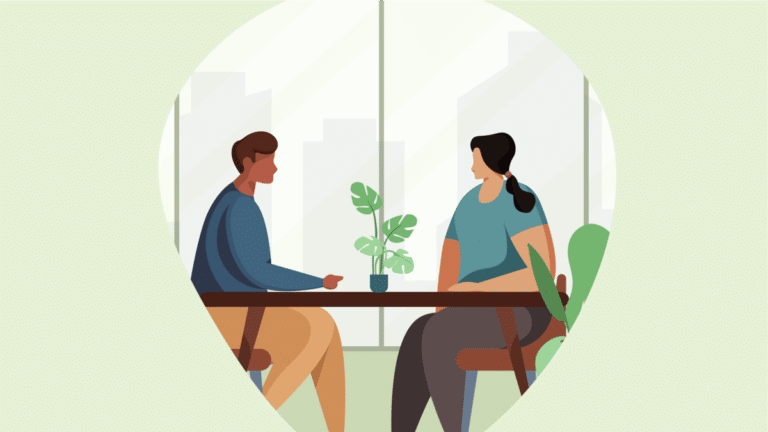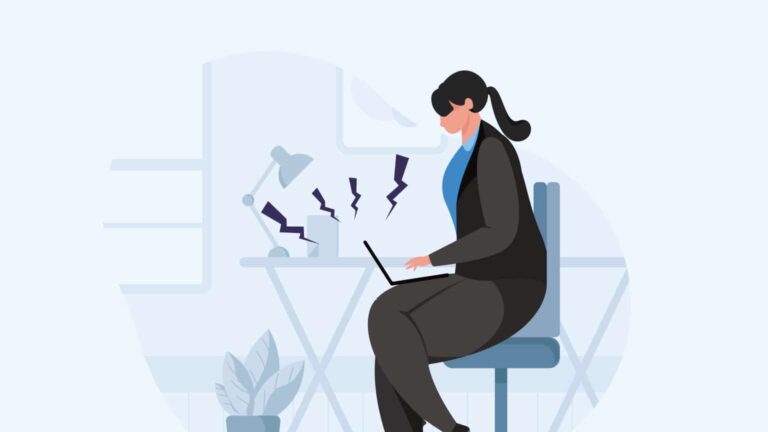The ability to think and produce creatively is not static – it comes in ebbs and flows. Some days your brain feels like it’s overflowing with ideas and inspiration, while other days your creativity dries up like a lake in the desert. Why does this happen and what can you do about it?
What is a Creative Block?
Firstly, what is creativity? It’s your ability to use your imagination, synthesise information, explore ideas and question old assumptions to create something new. When your creativity is blocked, this process is somehow interrupted or disabled. A creative block has been defined as being unable to start or continue a task for reasons other than a lack of skills or commitment.
“Something that plays a clear role is being-in-the-now”, explains psychologist Paul Hessels. “Creativity has to do with creating something new through combining existing pieces of knowledge (associations). This creation happens in the here and now. The more your thoughts are in the past (what have I done already, what have others done) or in the future (deadlines), the less space there is in the present. Mindfulness can help you shift your attention to the here and now.”
⚡️ Also interesting: 31 Self-Reflection Questions to Ask Yourself
More often than not, creative blocks are the result of fear. This can manifest in different ways, including:
- Self-doubt
- Low mood
- Stress
- Performance anxiety
- Fear of failure or criticism
- Lack of faith in yourself and your work
This negative state or mood can block the feeling of being able to explore ideas and create freely. But that’s good news! It means the block has nothing to do with losing your talent or that you’ll never be able to create again. Instead, it indicates that your mental state is hampering your creativity in some way – and that’s something you can work with.
How to Break a Creative Block
In this article, we’ll share some tips and tricks to help you get those creative juices flowing again. The most important part is practising self-compassion and patience – even though this can be difficult.
If you’re highly self-critical, this is your reminder: restricting and criticising yourself undermines creative thinking. Instead, allowing yourself to be who you are and to express yourself freely enhances creativity. Don’t be so hard on yourself, accept that people’s creativity gets blocked sometimes and make space for compassion.
Everyone has the capacity to be creative – although admittedly, some more than others. If you’re experiencing a block, remember that it’s normal and that most creatives go through it sometimes. Don’t give up and try the following:
1. Get in touch with the ‘why’
Remind yourself of who you are, and what your creativity and creative medium (e.g. writing, painting, dancing) mean to you. Having a purpose, knowing what you’re doing it for and having an intention behind it, gives you the focus and motivation to create. You could try writing about why your creativity is so important to you.
“Albert Einstein once said: creativity is intelligence having fun”, Paul reminds. “That is what you can look for. Not the rationalised version of purpose. Because, sometimes, that part can come with a lot of pressure. Remember to enjoy yourself first: intrinsic motivation is much more powerful than extrinsic motivation.”
2. Take a step back
Creativity is hard to force. It’s something that flows and bursts out when you least expect it. So sometimes the best thing to do is to take a break, let go and do something else for a while.
Meet up with friends, ask them questions you’ve been thinking about, go for a long walk in nature, travel to a place you’ve never been to, or read about an unrelated topic you’ve always been interested in. You might be pleasantly surprised at how taking a step back or away, can make space for new ideas to come.
“If it is a bigger creative block, I try to ride it out and just let it happen. I will still draw, but most pieces will end up in the trash, and that’s OK. I think some of the biggest bursts of creativity and artistic growth I’ve had are usually preceded by a big creative block.” — Ashley Goldberg
3. Move your body
A 2014 study by Stanford found that indoor and outdoor walking increased the participants’ creative output by 60%. The participants in the study who had been instructed to sit produced only half the amount as those walking. So make sure you exercise and/ or walk on a daily basis or whenever you feel a slump in your creativity.
4. Get in touch with your subconscious mind
The language of the subconscious mind is image-based and symbolic (think of dreams). Sit quietly with your eyes closed, focus on your breathing and pay attention to what comes up, you might get new ideas and inspiration.
✨ Try this mindfulness meditation to clear your mind
5. Sleep more
Sleep helps you to process new information and make sense of reality. Make sure you’re getting enough sleep and you might even try writing down your dreams or what happens in your semi-sleep state – it could inspire you!





